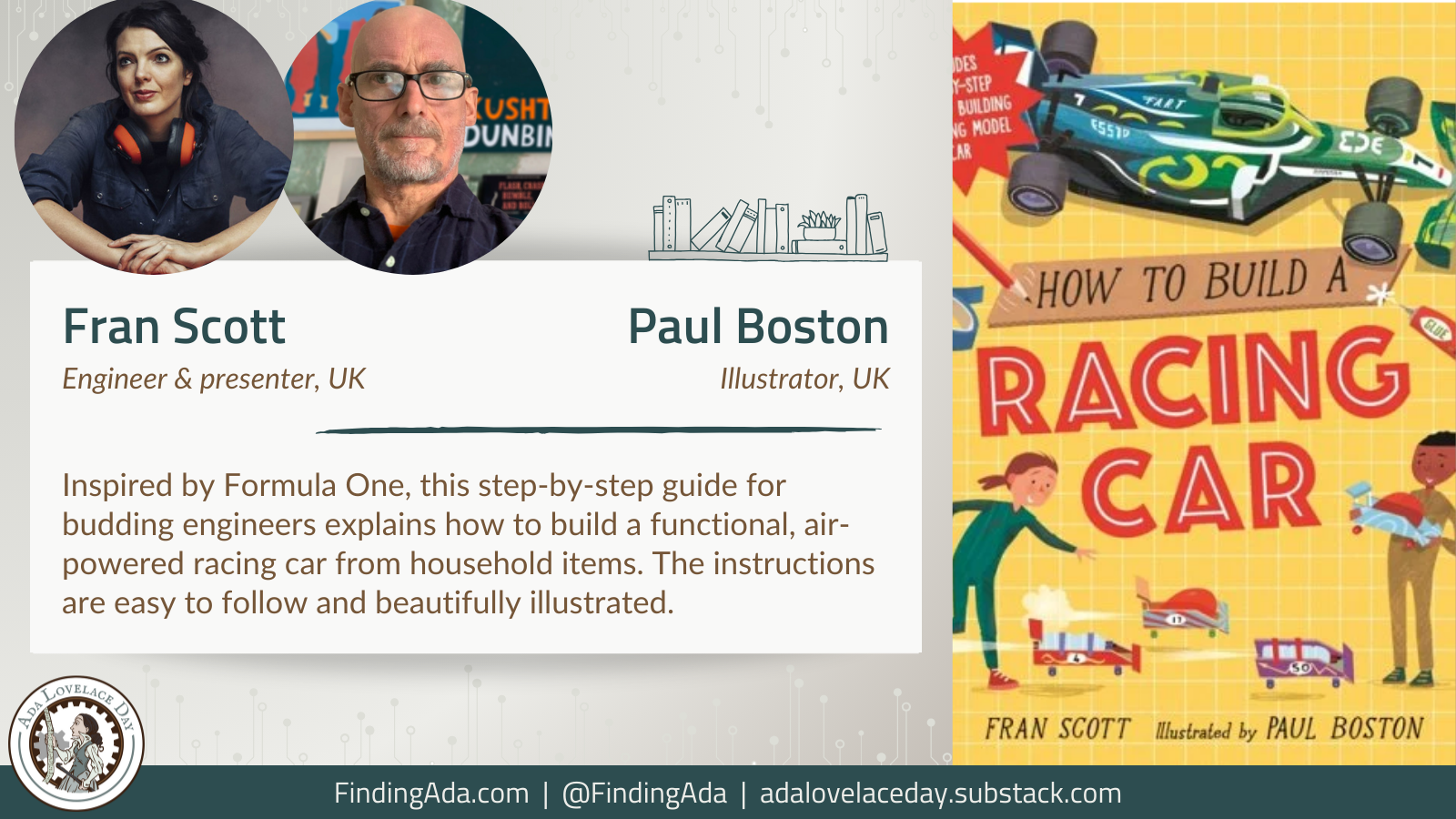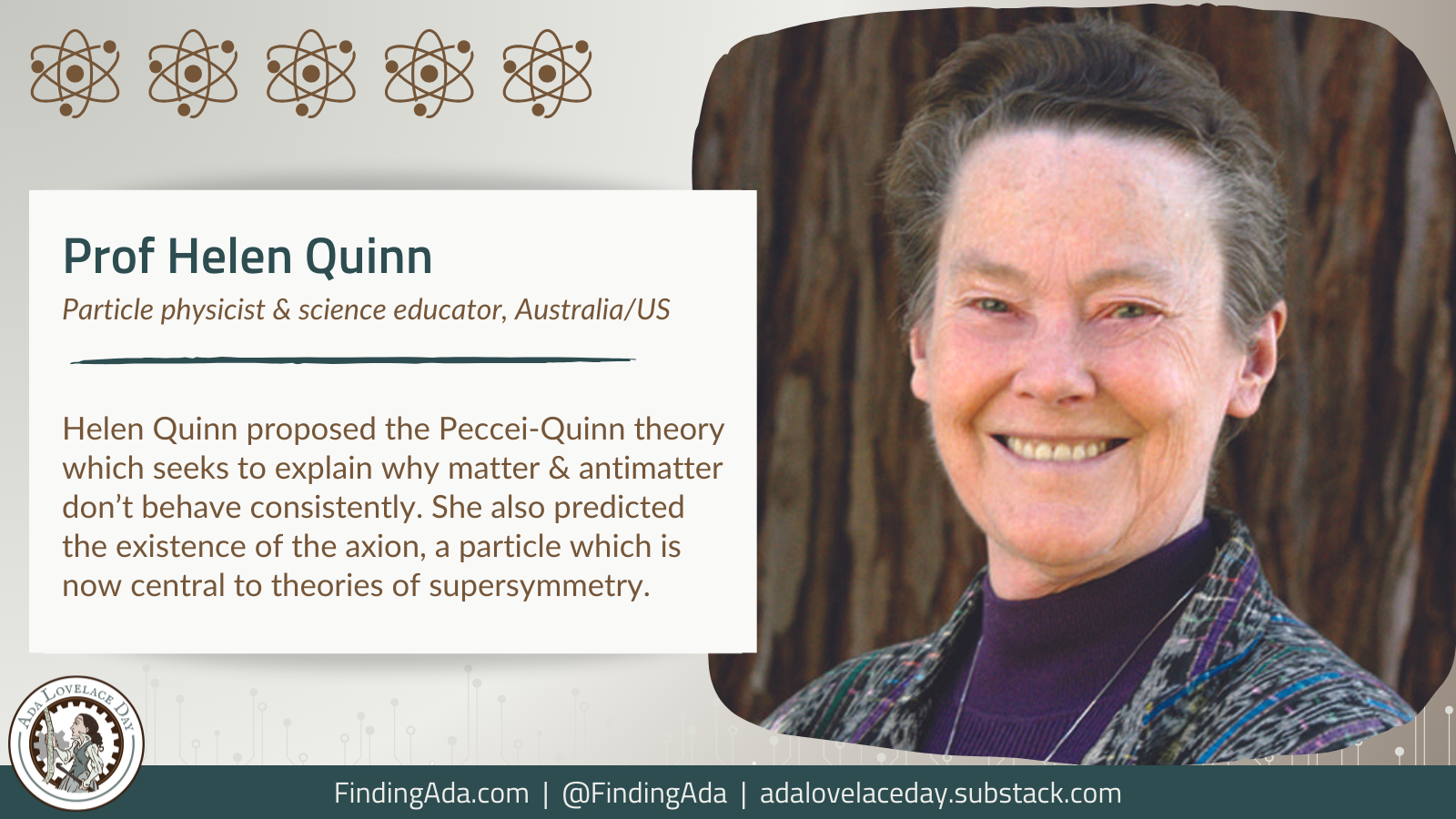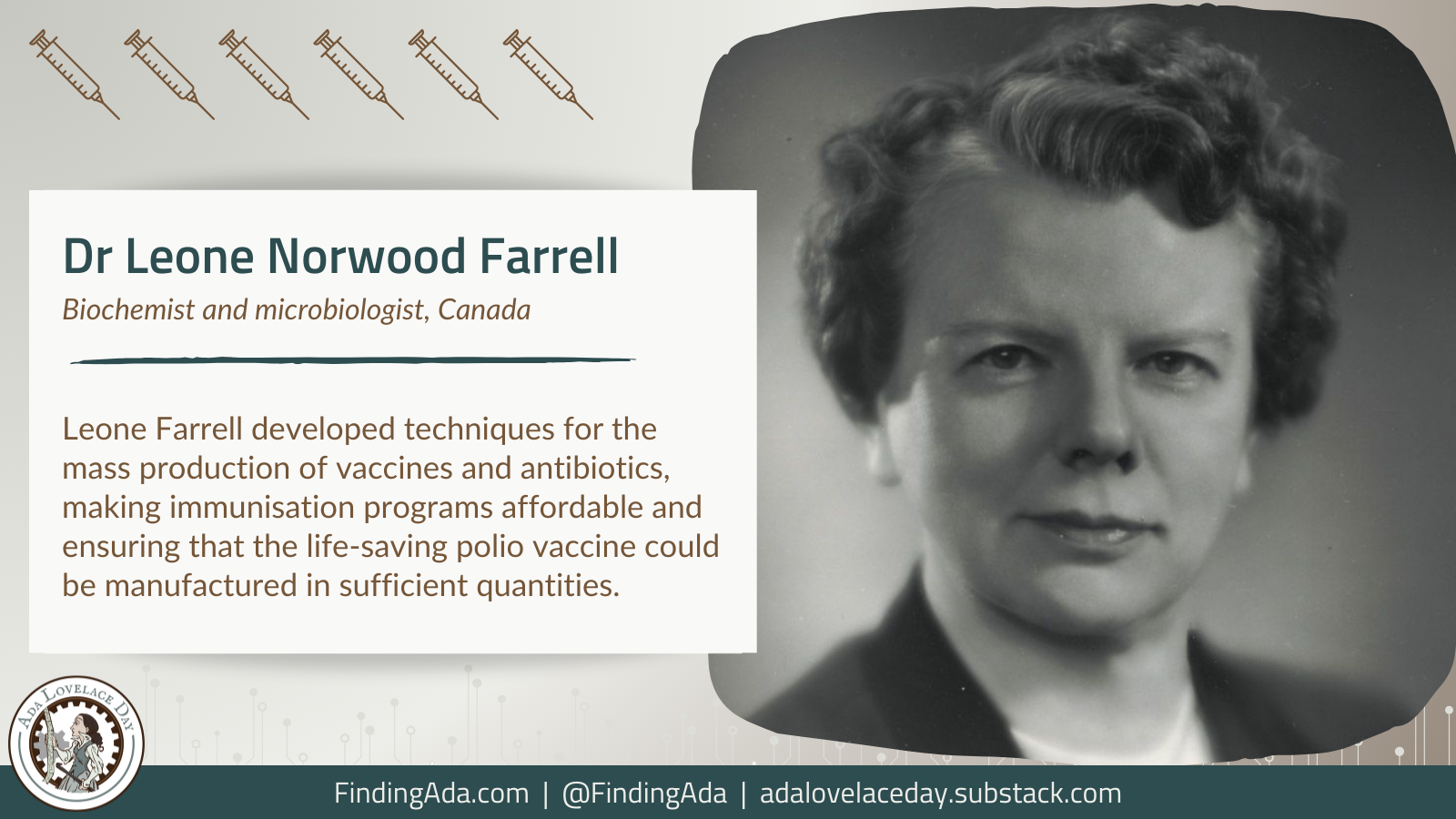How to build a racing car, Fran Scott and Paul Boston
Build your own functional racing car from household objects in this step-by-step guide based on the science behind Formula One. Take your place at the starting gate and fire up your engine: it’s time to build your car! Join presenter and maker Fran Scott for a crash course in racing engineering, then use your newfound skills to build an awesome air-powered machine using household objects.
Providing easy-to-follow instructions from the chassis to the engine, young readers will discover the science behind Formula One in this book. This project will walk budding engineers through the process of building a Formula One car and introducing the team that constructs them. The book then shows the reader how to build their own car by explaining each car part, suggesting household objects that could function as different car parts, in addition to troubleshooting, problem-solving, testing, tweaking, and racing!
The clear and colourful illustrations are peppered with fascinating facts and activities, offering encouragement that the process of making mistakes is what being an engineer is all about. With this brilliant and funny STEM book, young readers should have no problem creating their car one step at a time. So what are you waiting for? 3, 2, 1 … let’s race!
Order the book on Bookshop.org.uk here
About the author
A neuroscientist by education, but an engineer and pyrotechnician at heart, Fran Scott uses her passion and knowledge to entertain and excite audiences with her high-impact demonstrations. She has worked in science communication for the past 17 years, explaining seemingly complex concepts in digestible steps (often using self-built props), and is widely recognised for her playful and fiery demonstrations on CBBC’s Absolute Genius with Dick and Dom. She has also presented shows for the BBC, Channel 4, and YouTube, and hosts award-winning podcasts on robotics, innovation, and infrastructure. Since her first appearance in 2012 she has presented over fifteen series and received numerous accolades, including BAFTA nominations, a Japan Prize nomination, and a Royal Television Society award.
Also appealing to an older audience, Fran has fronted The Department of Complaints and has participated as an engineering judge on Series 2 of Lego Masters and as an engineering expert on Engineering Catastrophes, How Hacks Work, and Abandoned Engineering. With her own stage production company (Great Scott! Productions) Fran also takes centre stage, producing high-octane shows. Her work as the Science Content Producer at the Royal Institution sees her heading up the demonstration team for their world-famous Christmas Lectures.
You can follow Fran Scott’s work here:
Twitter: @Frans_facts
Instagram: @frans_facts
Website: https://www.franscott.co.uk
About the illustrator
Paul Boston is an award-winning children’s illustrator who studied illustration and sequential design at Brighton University. Paul lists his inspirations as 1950’s children’s books, antique maps and diagrams, 17th Century engravings, gothic art and Japanese prints; to name just a few! Paul’s fun and playful style has a wide appeal and has been commissioned across the whole spectrum of publishing including activity books, educational titles, and picture books.
You can follow Paul Boston’s work here:
Website: kidscornerillustration.co.uk/artist/Paul_Boston_KC
With thanks to Synergy for their support.




